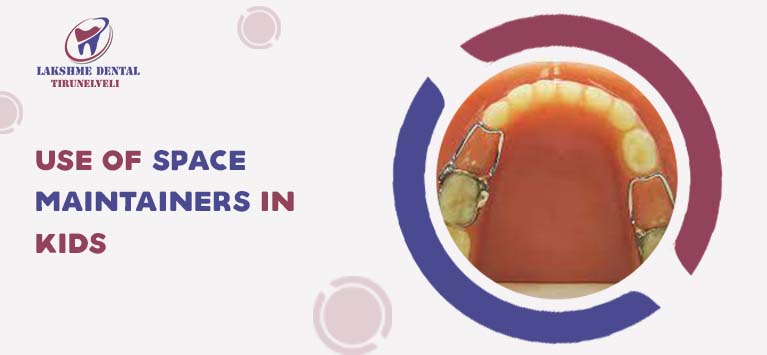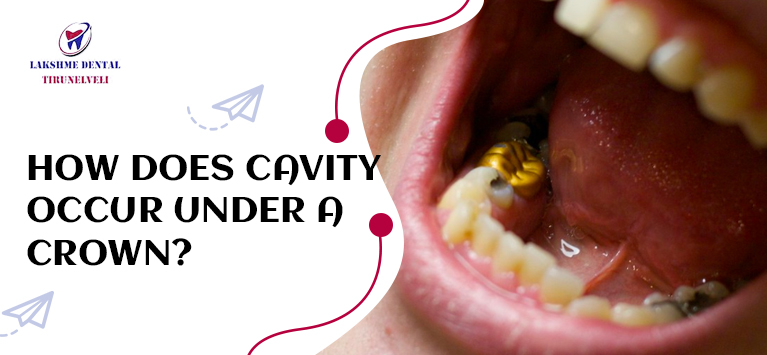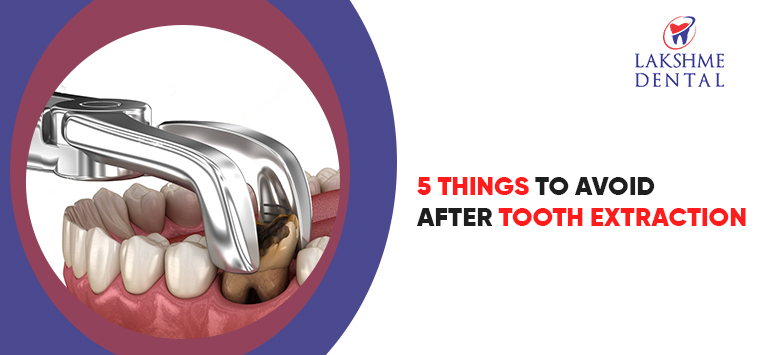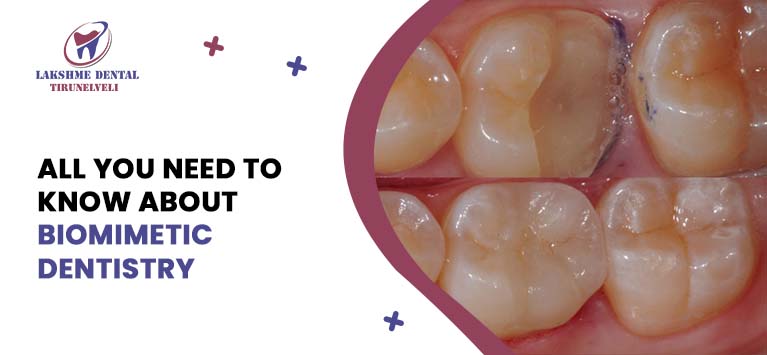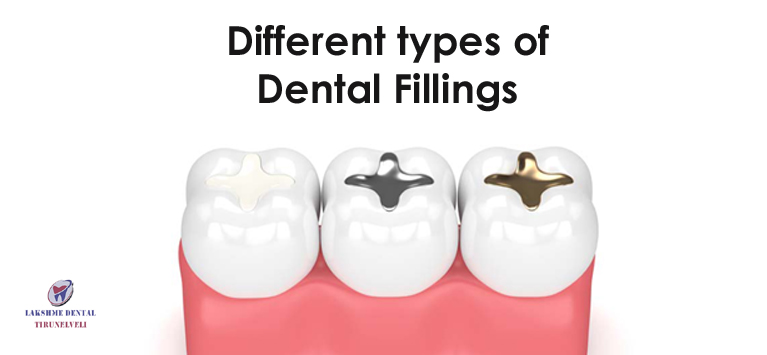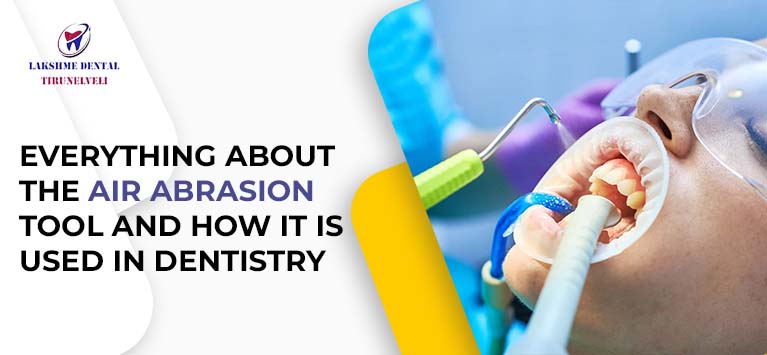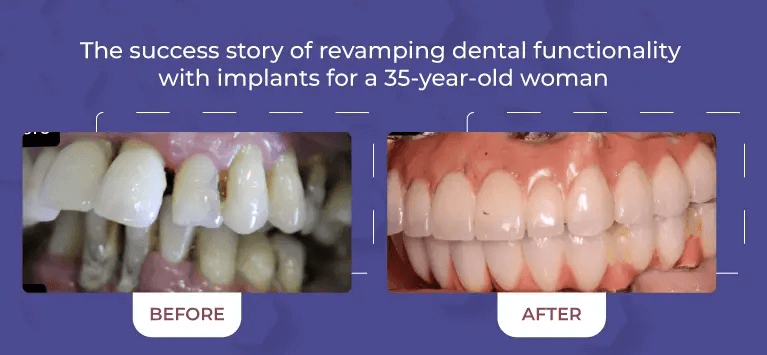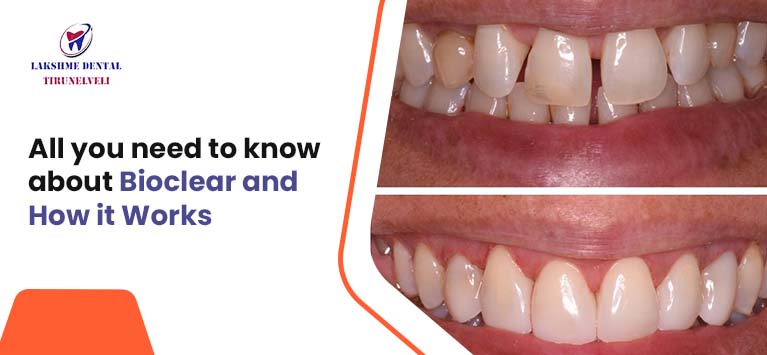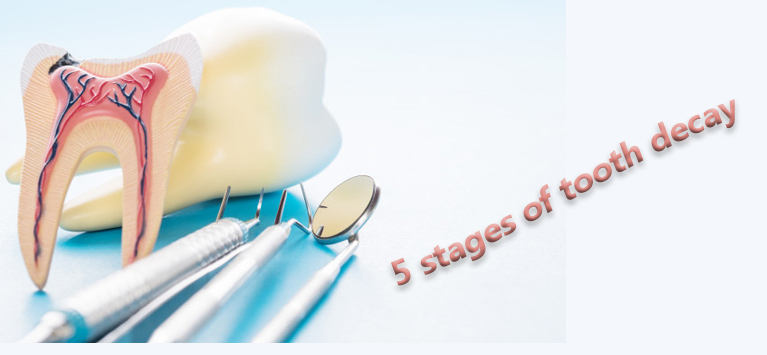
5 Stages of Tooth Decay
Do you know that tooth decay has 5 different stages? So, that you can potentially take action to stop the disease ‘s progression in the first stage of decay? It is true, indeed.
If you are a kid or an adult, the use of fluoride by fluoride treatments, toothpaste, and also the regional water supply will prevent a cavity from passing via the enamel and entering its second stage from the first stage of decay. Our Root canal treatment in Tirunelveli will provide you the best solution if it crosses all the stages of decay.
Both the saliva in the mouth and the food you consume serves to trigger a tooth’s remineralization. But this is the very first stage!
So what about the remainder? Identifying how a cavity advances can help prevent the occurrence of each successive phase in your children. Here in this mouth, often a lot is going on!
Enamel is the transparent, rigid outer crystal-like layer. Dentin is the lighter layer under your enamel, which makes your teeth color. The pulp chamber (living part) comprises blood vessels and nerves.
White Spots – 1st stage
In the first stage, the tooth starts showing signs of strain from the sugar and acid attack, and white spots begin to occur just under the enamel surface.
Such chalky white spots are indicative of tooth demineralization and can be easily missed since they are likely to appear on the molars of your child. Of course, a dental examination is meant to capture cavities like this!
Can you see why they recommend regular visits to the dentist? As stated earlier, the cavity can be corrected at this point, without the need to extract the tooth.
causes of white chalky decay spots:
Not brushing properly or brushing correctly after every meal.
Not flossing after each meal or at least during the night or floss properly.
The foods under the gum feed bacteria if you don’t brush properly and floss. These bacteria drink and eat and have a celebration around your teeth every day and night and they create acid.
Every day and night, if you don’t floss and brush, the acid from its waste destroys your dentin and tooth enamel. The layers of decayed softening of dentin and enamel are called decay. When the decay is wiped away, it is known as the cavity in your teeth.
Enamel decay – 2nd stage:
Stage II denotes the start of the end for the offending surface enamel. At first, the tooth erodes outwards from the underside, so the outside enamel will remain constant for the very first half of stage 2. If the cavity breaks via the enamel surface, there is no going back, and your toddler will need a filling to repair the cavity.
Dentin Decay – 3rd stage:
When, without you noticing, a hole in your kid’s mouth would develop past stage two, you would have to become notified of it when it began to reach stage III as it would eventually start causing some discomfort. At this stage, the cavity starts eating away from under the enamel at the 2nd level of tooth material: the dentin. To avoid the cavity from touching the most important part of the tooth: the pulp, a filling may often be used to stop the invasion of bacteria destroying the tooth.
Involvement of the pulp – 4th stage
When the pulp enters the cavity, it will hurt. And if you’ve missed all the indications to this point sadly, a crying kid or moaning adolescent will definitely let you know there is a major problem. Stage four is severe, and at this point, a root canal treatment is the only option. If food pokes a hole and hits the pulp, you may experience intense pain. This is when you have to take x-rays with your dentist, do some checks, then do a root canal treatment, or use medications first to relax the tooth.
Abscess Formation – 5th stage
In a cavity’s fifth and the last stage, the inflammation has reached the root tip and exited the structure of the tooth. In addition, it infects the tissues around, and probably the bone structure. The swelling would be normal, and the discomfort would be intense. In kids and adults, an abscess can be harmful or blind unless immediately treated. An extraction or root canal will be the method of the day when it occurs.
To prevent any stage of tooth decay the ideal way is to practice good dental hygiene. Regular cleaning and preventive treatment are important to avoid tooth decay and gum diseases.


